Petrol and Diesel Price Today, 9 Sep 2022: Fuel cost steady; Check rates in Delhi, Mumbai, Noida, other cities
Petrol and Diesel Rate Today in Delhi, Bangalore, Chennai, Mumbai, Lucknow: The price of petrol and diesel has been kept steady on 9 September 2022, keeping costs steady for more than three months now. Petrol and diesel in Delhi cost Rs 96.72 and Rs 89.62 a litre, respectively. In Mumbai, petrol is retailing at Rs 106.31 per litre and diesel at Rs 94.27 per litre. The last country-wide change in price came on 21 May 2022, when Finance Minister Nirmala Sitharaman announced a cut in excise duty on petrol by Rs 8 per litre, and Rs 6 per litre on diesel. Since then, Maharashtra is the only state to have cut rates. The Maharashtra government had announced a cut in value-added tax (VAT) on petrol by Rs 5 a litre and by Rs 3 a litre for diesel in July.
Also read: Nifty short-term trend positive, may move to 18000 once 17800 breached; 5 things to know before opening bell
Petrol, diesel prices in Chennai, Kolkata, Bengaluru, Lucknow, Noida, Gurugram
Mumbai: Petrol price: Rs 106.31 per litre, Diesel price: 94.27 per litre
Delhi: Petrol price: Rs 96.72 per litre, Diesel price: Rs 89.62 per litre
Chennai: Petrol price: Rs 102.63 per litre, Diesel price: Rs 94.24 per litre
Kolkata: Petrol price: Rs 106.03 per litre, Diesel price: Rs 92.76 per litre
Bengaluru: Petrol: Rs 101.94 per litre, Diesel: Rs 87.89 per litre
Lucknow: Petrol: Rs 96.57 per litre, Diesel: Rs 89.76 per litre
Noida: Petrol: Rs 96.79 per litre, Diesel: Rs 89.96 per litre
Gurugram: Petrol: Rs 97.18 per litre, Diesel: Rs 90.05 per litre
Chandigarh: Petrol: Rs 96.20 per litre, Diesel: Rs 84.26 per litre
Also read: IndiGo, Vodafone Idea, Jet Airways, Future Lifestyle, Adani Group stocks in focus on September 9, 2022
Public sector OMCs including Bharat Petroleum Corporation Ltd (BPCL), Indian Oil Corporation Ltd (IOCL) and Hindustan Petroleum Corporation Ltd (HPCL) revise the fuel prices daily in line with international benchmark prices and foreign exchange rates. Any changes in petrol and diesel prices are implemented from 6 am every day. Retail petrol and diesel prices differ from state to state because of local taxes like VAT or freight charges.
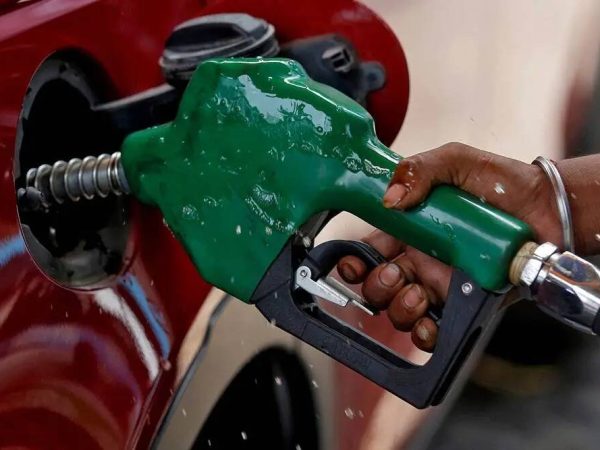
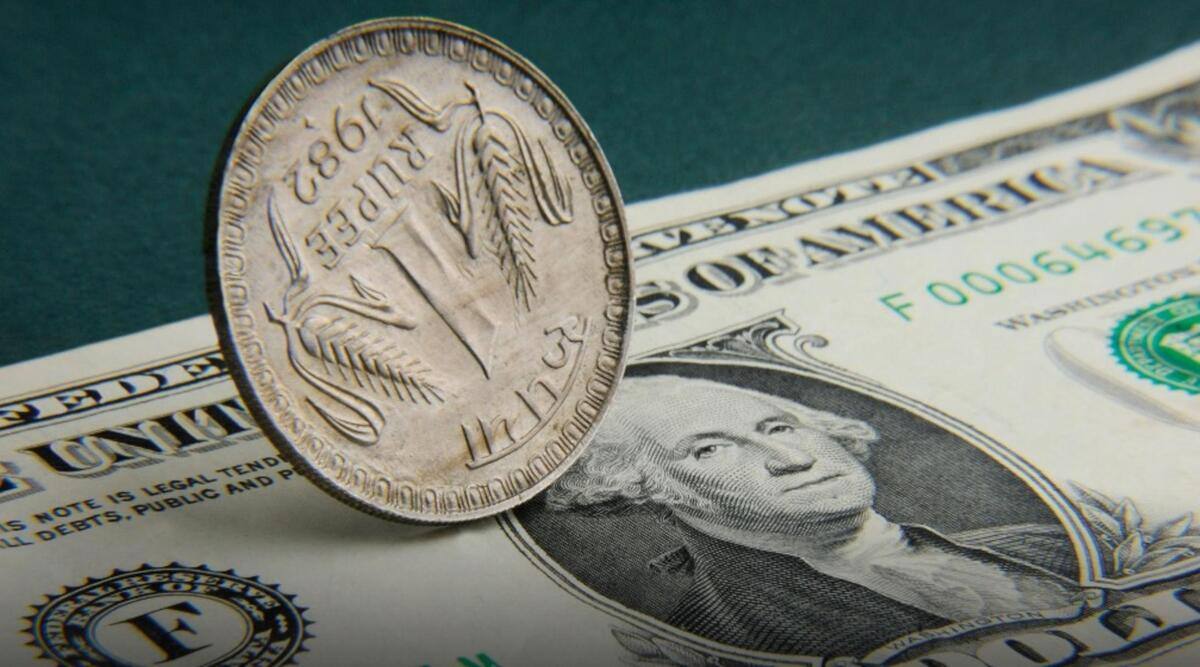
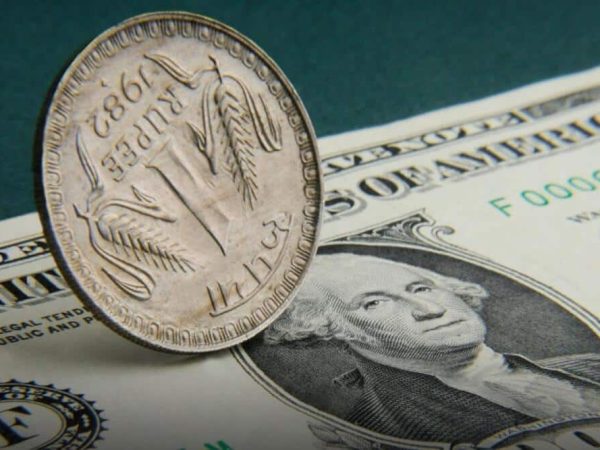
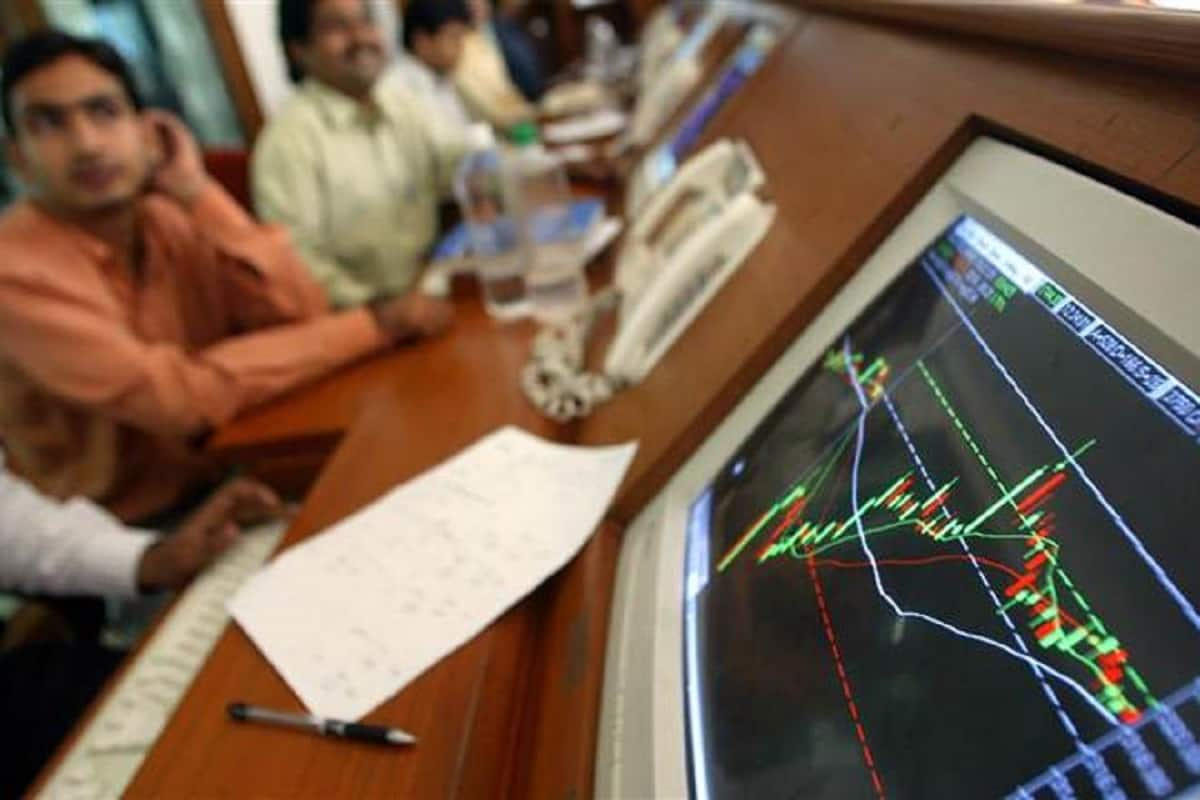
 The Nifty midcap and small cap indices displayed inherent strength and scaled to fresh 52-weeks high despite minor profit booking in the benchmark
The Nifty midcap and small cap indices displayed inherent strength and scaled to fresh 52-weeks high despite minor profit booking in the benchmark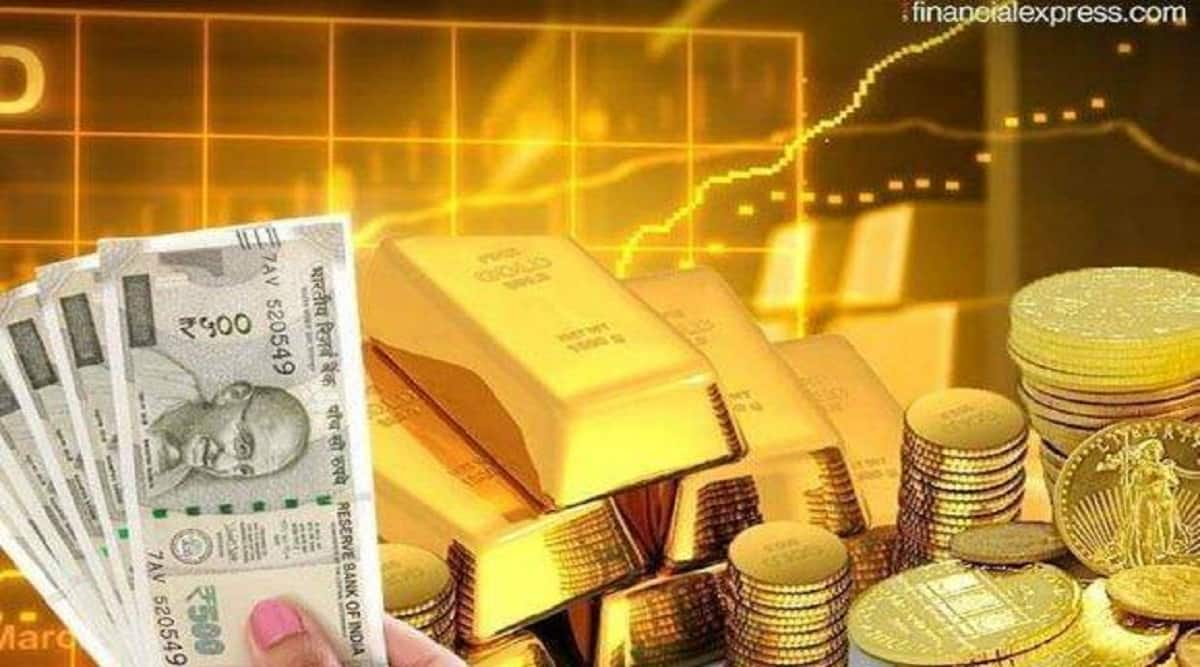
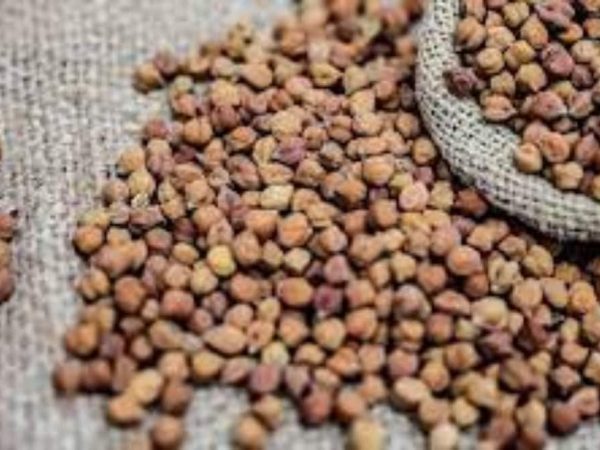
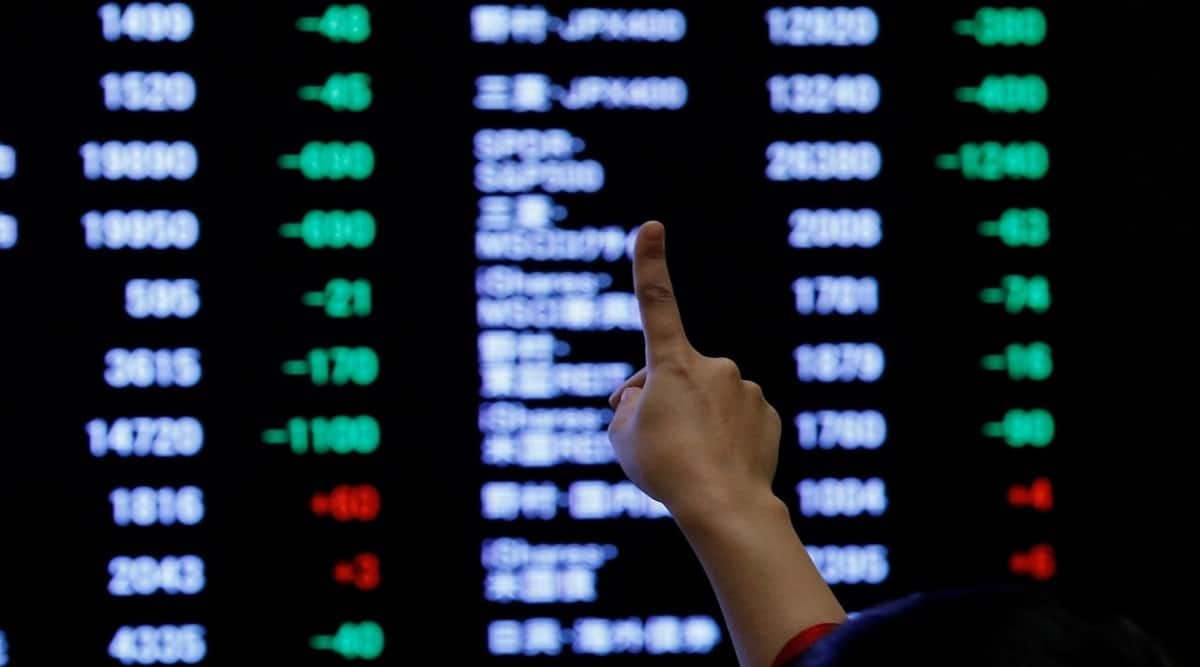
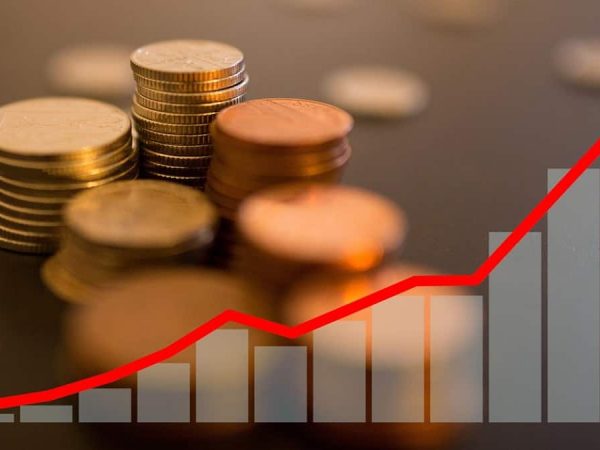
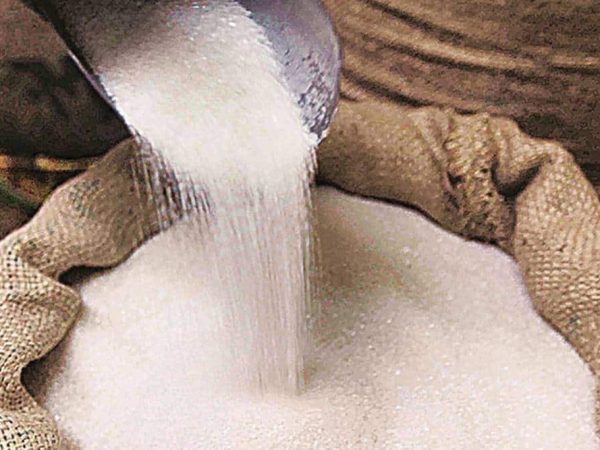
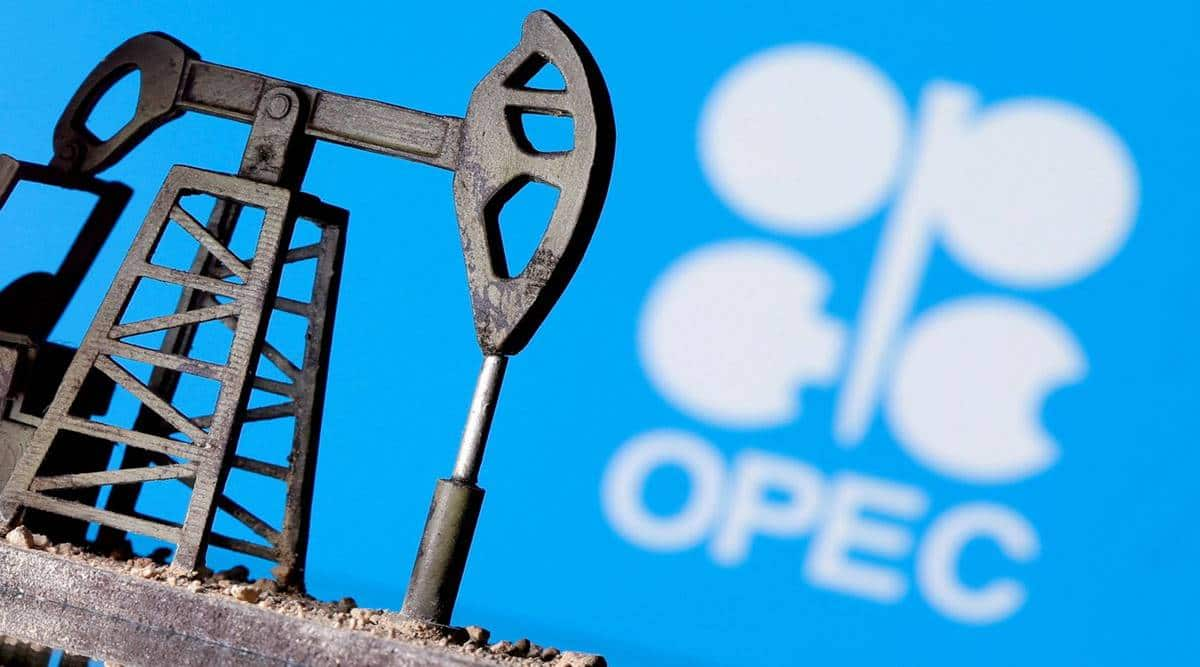
Recent Comments